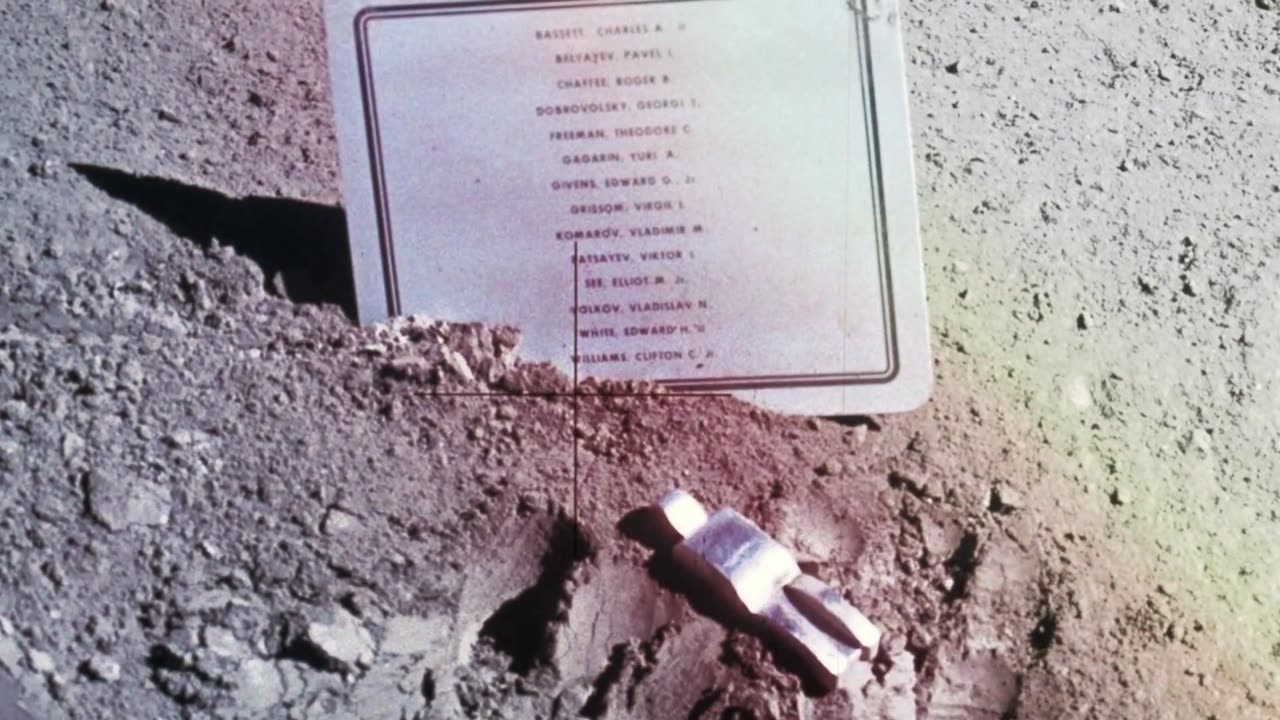Premium Only Content

Apollo , Never been on a ride like this before
Nasa
Search NASA.gov
NASA TV
MORE STORIES
Apollo 15
Jul 9, 2009
Apollo 15
Apollo 15 official mission patch
This is the insignia designed for the Apollo 15 lunar landing mission. The circular design features the colors red, white and blue. On the outer portion of the patch a narrow band of blue and a narrow band of red encircle a wider band of white. The large disc in the center of the emblem has red, white and blue symbols of flight, superimposed over an artist's concept of the Apollo 15 Hadley-Apennine landing site of gray tone.
Credits: NASA
"Climb aboard the Lunar Rover..."
Mission Objective
Apollo 15 was the first of the Apollo "J" missions capable of a longer stay time on the moon and greater surface mobility. There were four primary objectives falling in the general categories of lunar surface science, lunar orbital science and engineering-operational. The mission objectives were to explore the Hadley-Apennine region, set up and activate lunar surface scientific experiments, make engineering evaluations of new Apollo equipment, and conduct lunar orbital experiments and photographic tasks.
Exploration and geological investigations at the Hadley-Apennine landing site were enhanced by the addition of the Lunar Roving Vehicle, or LRV. Setup of the Apollo Lunar Surface Experiments Package, or ALSEP, was the third in a trio of operating ALSEPs (on Apollos 12, 14 and 15). Orbital science experiments were concentrated in any array of instruments and cameras in the scientific instrument module, or SIM, bay. Engineering and operational objectives included evaluation of modifications to the lunar module, or LM, made for carrying a heavier payload and for a lunar stay time of almost three days. Changes to the Apollo spacesuit and to the portable life support system, or PLSS, were evaluated, and performance of the Lunar Roving Vehicle and the other new J-mission equipment that went with it - lunar communications relay unit, or LCRU, and the ground-controlled television assembly, or GCTA.
-
 LIVE
LIVE
MissesMaam
1 hour agoBack At It Again | Stardew Co-Op 💚✨
79 watching -
 LIVE
LIVE
BSparksGaming
1 hour agoSplitgate 2 - sday! Tagging Tactics Event! Graffiti Galor!
98 watching -
 2:20:41
2:20:41
Barry Cunningham
4 hours agoPRESIDENT TRUMP FACES THE WRATH OF THE DEEP STATE AND MORE NEWS!
47.9K52 -
 29:54
29:54
Producer Michael
10 hours agoThe Art Of Layering Luxury Fragrances
7.66K1 -
 LIVE
LIVE
Anthony Rogers
22 hours agoEpisode 373 - Darkside of the Smokey Mountains
122 watching -
 LIVE
LIVE
AlaskanBallistics
8 hours ago $0.54 earnedShooting the Wyoming Arms .22lr Suppressor Live!
110 watching -
 1:24:38
1:24:38
Glenn Greenwald
6 hours agoProf. John Mearsheimer on U.S./Israeli War with Iran, Gaza, Trump's Foreign Policy, and More | SYSTEM UPDATE #475
94.5K58 -
 LIVE
LIVE
VapinGamers
4 hours ago $0.18 earnedSplitGate 2 with ThisIsTheRay - !rumbot
87 watching -

megimu32
2 hours agoON THE SUBJECT: Movie Heroes Who Raised Us - From McClane to Mr. Miyagi
12.1K4 -
 LIVE
LIVE
Spartan
4 hours agoPro Halo Player | Sens Crisis Grind | Ranked Arena, Probably SWTOR at some point
169 watching